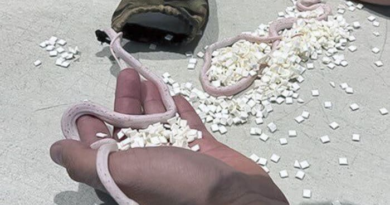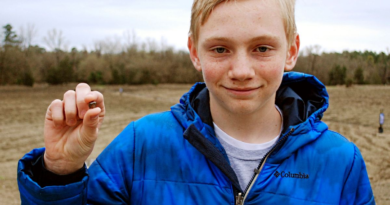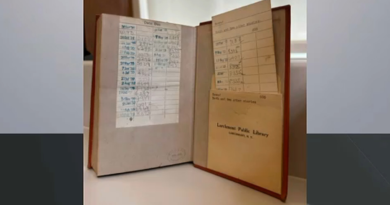We worried about zombie viruses under the permafrost – Dunya News
WeirdNews
We worried about zombie viruses under the permafrost
There’s something much scarier frozen beneath it
(Web Desk) – This story is part of Dark Horizons, our new series about science and technology’s dimmest corners and outermost limits.
Here is a second, third and fourth piece — as well as more about the package.
IN THE summer of 2016, a terrifying disease clawed its way out of the previously frozen ground: anthrax.
Melting permafrost in the far reaches of Siberia awakened bacterial spores that had been dormant for almost a century, infecting thousands of reindeer in the region and eventually sickening dozens of people and killing a 12-year-old child.
More recently, scientists have intentionally managed similar, if less risky feats, reanimating dormant microbes that in some cases have spent tens of thousands of years frozen in place.
In response, the media, both traditional and social, has blared the headlines from the rooftops: The “zombie” viruses are coming.
The permafrost, after all, is in trouble as the climate warms. The northern reaches of the planet are warming as much as four times faster than the global average.
But even as the headlines grabbed hold of the zombies, the melting permafrost is actually hiding something far scarier: carbon.
There is an enormous amount of methane and other carbon sources trapped in the frozen ground, and if it makes its way into the atmosphere it could have a profound effect, one of climate change’s nastier feedback loops — warming begets melting begets more warming.
From a global perspective, with the urgency to address the changing climate now at a fever pitch, the zombies can’t really compete.
“I think the virus story is a distraction,” said Christopher Burn, a professor at Carleton University in Canada. “There have been people living with permafrost now for 5,000 years and more… and we don't characteristically have problems associated with strange diseases coming out of permafrost.
That's not our common experience…. In my view, the viruses are an anecdote.”
PERMAFROST IS defined as any ground that has maintained a temperature below freezing for at least two years. In total it covers some 8 million square miles — an area bigger than the entire United States — primarily in Russia, Canada and Alaska.
Some of it, if one digs deep enough, has been frozen for hundreds of thousands of years.
Overall, it contains an astonishing amount of carbon.
In just the top ten feet or so of frozen ground, there is around one trillion tons of carbon.
That’s double the total amount that’s currently in the atmosphere — if warming causes the release of only 1% of it, that’s equivalent to about a year’s worth of human-caused emissions.
For years scientists believed the Arctic was a carbon sink, storing more carbon in vegetation than it released. But research published in 2019 suggested that equation had flipped, with far more carbon released than was taken up by plants.
Since then the scientific community has argued some over the precise parameters, but as temperature records continue to fall it is clear that the carbon stored in permafrost is increasingly an issue.
Importantly, though permafrost has been called a carbon “bomb,” it is more likely a slow-burn of a problem than some single catastrophic event, releasing more and more into the atmosphere year by year.
Another issue, experts say, is more local, and more immediate: if the ground beneath your feet is melting and softening, anything you build on it isn’t going to last.
One way that manifests: landslides. “If you analyze the number of landslides in the Arctic… over the past 10 years, you will be amazed,” said Ekaterina Uryupova, a senior fellow at the Arctic Institute.
The shifting ground has already resulted in collapsing roads, damaged buildings, and more, causing huge problems in particular for indigenous people who have made their homes in the far north for thousands of years.



